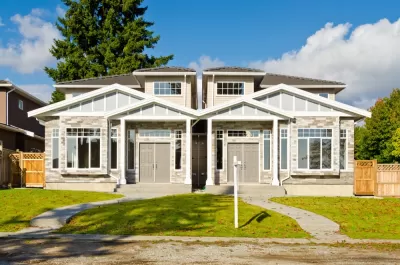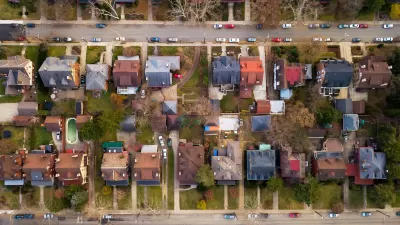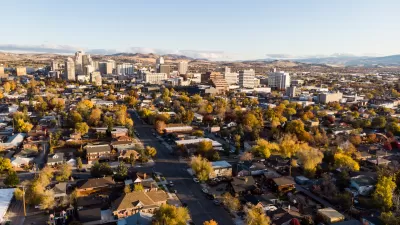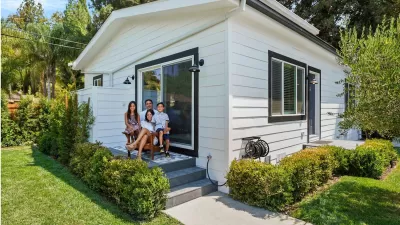Born out of a fear of absentee owners and rapacious investors, owner-occupancy requirements can have the contradictory effects of excluding renters from neighborhoods and limiting the number of rental units available.

A post on Brookings’ The Avenue by Anika Singh Lemar argues that owner-occupancy requirements, particularly on accessory dwelling units (ADUs), stifle housing supply and keep renters out of higher-end neighborhoods. As Lemar explains, “Restrictions on rentals appear in zoning codes, homeowners’ association rules, rules issued by subsidized lenders, and local ordinances.”
“Because renters typically have lower incomes than homeowners and are racially more diverse, owner-occupancy requirements affect the economic and demographic makeup of neighborhoods. Owner-occupancy requirements also prevent property owners from developing repeat expertise in acquiring and renovating existing housing stock to add ADUs; as a result, lenders are less likely to finance ADUs.” Lemar writes that owner-occupancy rules also reduce the housing supply by taking potential rental units off the market.
The article describes several court cases relevant to the debate over owner occupancy. “In the few cases where courts have interrogated the nexus between homeownership and home maintenance, they have refused to enforce owner-occupancy requirements.” Yet many continue to uphold owner-occupancy requirements thanks to vague notions that owners will be better stewards of the property.
Lemar calls owner-occupancy requirements an example of “zoning creep,” the use of zoning to regulate “well outside the scope of land use and zoning regulations,” which has unintended negative impacts on equity and affordability.
FULL STORY: How owner-occupancy regulations are contributing to the housing crisis

Alabama: Trump Terminates Settlements for Black Communities Harmed By Raw Sewage
Trump deemed the landmark civil rights agreement “illegal DEI and environmental justice policy.”

Planetizen Federal Action Tracker
A weekly monitor of how Trump’s orders and actions are impacting planners and planning in America.

The 120 Year Old Tiny Home Villages That Sheltered San Francisco’s Earthquake Refugees
More than a century ago, San Francisco mobilized to house thousands of residents displaced by the 1906 earthquake. Could their strategy offer a model for the present?

USDOT Repeals Emissions Monitoring Rule
A Biden-era regulation required states to report and plan to reduce transportation-related emissions.

CaBi Breaks Ridership Record — Again
Washington D.C.’s bike share system is extremely popular with both residents and visitors.

San Francisco Opens Park on Former Great Highway
The Sunset Dunes park’s grand opening attracted both fans and detractors.
Urban Design for Planners 1: Software Tools
This six-course series explores essential urban design concepts using open source software and equips planners with the tools they need to participate fully in the urban design process.
Planning for Universal Design
Learn the tools for implementing Universal Design in planning regulations.
Clanton & Associates, Inc.
Jessamine County Fiscal Court
Institute for Housing and Urban Development Studies (IHS)
City of Grandview
Harvard GSD Executive Education
Toledo-Lucas County Plan Commissions
Salt Lake City
NYU Wagner Graduate School of Public Service





























